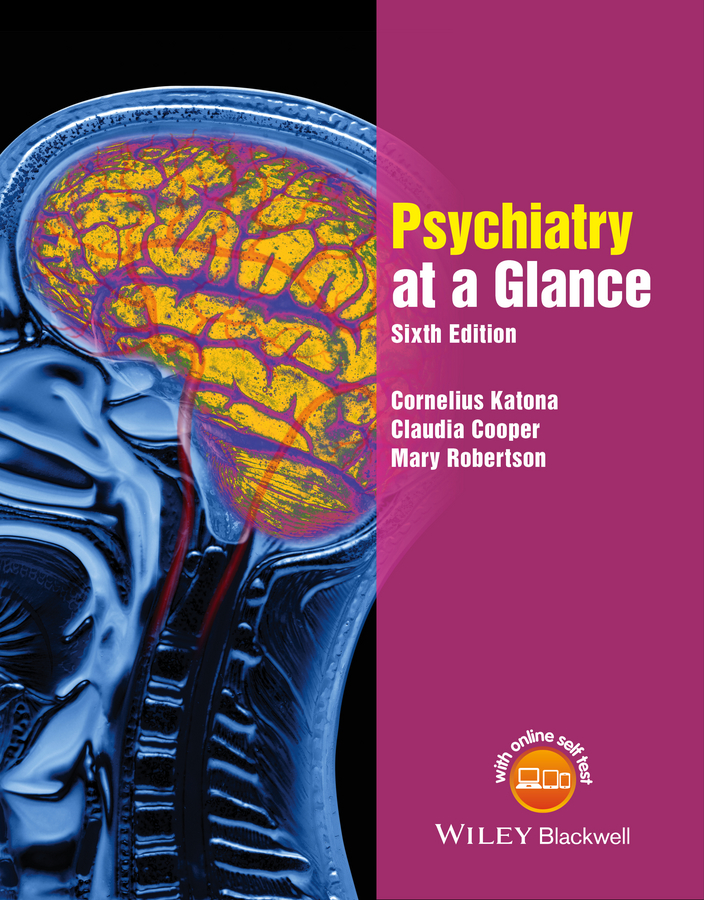- Home
- Case studies
- Figures
- Your feedback
- Become a reviewer
- More student books
- Student Apps
- Join an e-mail list


While working in a Community Mental Health Team, you are asked to visit a 22-year-old man, Tom, at home. His concerned mother has contacted services. She reports that he dropped out of college two years ago and has become increasingly withdrawn since. He spends most of his day in his bedroom with the curtains drawn, muttering to himself about cars which stop outside the house. He is reluctant to talk to you, but eventually confides that he believes red cars follow him whenever he goes out, monitoring his movements because they want to kill him. He recently saw a red car parked at a bus stop and believed this was a message from MI5 telling him to ‘watch out’. He has smoked cannabis regularly since the age of 14, but less so in the last year. The longest he has abstained from cannabis use was three months, but this made little difference to his symptoms. His mother tells you worry about her son is driving the family apart.
a. What psychotic symptoms are described?
b. What is the most likely diagnosis?
You discuss the patient at the next CMHT meeting and a care coordinator is allocated. She wishes to discuss a care plan for him.
c. What do you think are the priorities for his treatment?
Tom reluctantly agrees to take antipsychotics. He has no relevant medical history. You decide to prescribe olanzapine.
d. List three important side-effects of this drug.
e. Tom's mother is concerned to know whether he will get better. What can you tell her about the prognosis?
f. Tom's mother asks what she and Tom can do to maximize the chances of him getting and staying well.